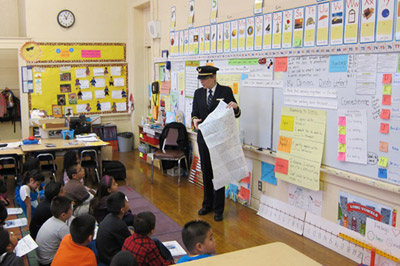High School Students
Bring a Pilot to Your School

Want to hear about life as an airline pilot, how pilots navigate and operate aircraft, flight deck basics, and more?

Want to hear about life as an airline pilot, how pilots navigate and operate aircraft, flight deck basics, and more?